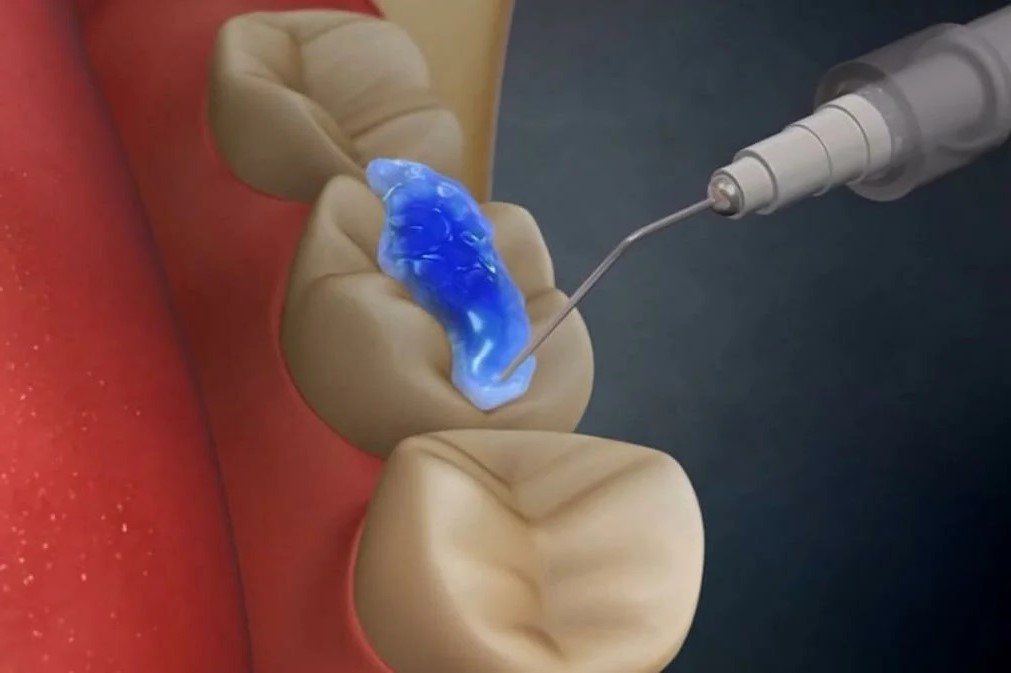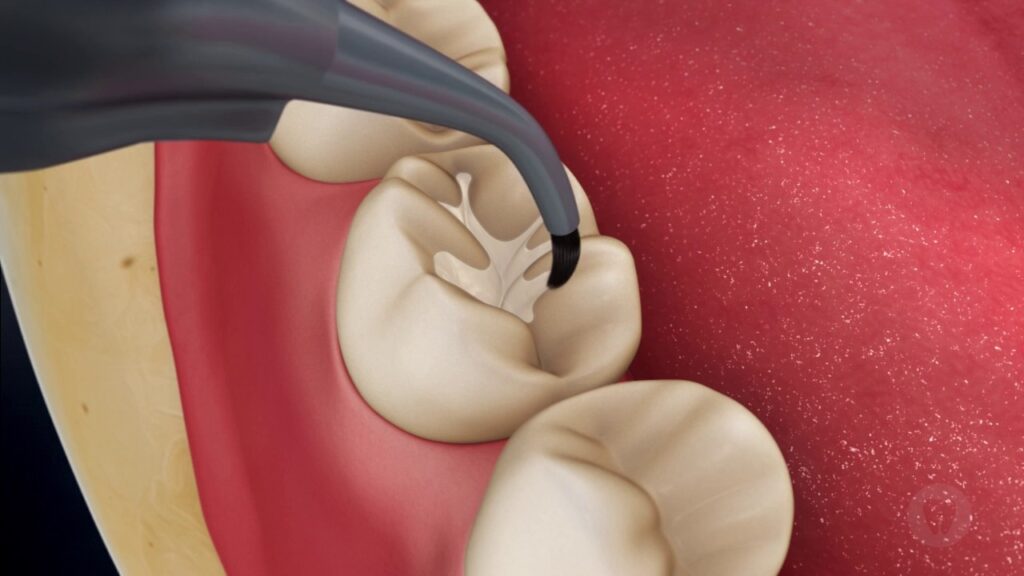Pits and Fissure
Pits and Fissure

Tooth decay is a common oral problem and most of the adults between the ages of 20 and 64 years suffer from tooth decay. The chewing surfaces of the teeth develop deep grooves called pits and fissures. They are found on the molars and premolars. The cavities in the molars are deeper than in the premolars. While chewing food may not be an issue food can still get stuck and form a bacterial film called plaque that accumulates if not cleaned regularly. A regular toothbrush may not be able to remove the food particles stuck in these areas. So the plaque stays in place and causes a cavity. A narrowed morphology provides the perfect space for the development of caries. Molars are the first set of permanent teeth and are the most susceptible set of teeth to occlusal caries.
Treatment for Pits and Fissures
Several anatomical and clinical conditions are studied before the treatment such as the age and eruption of the tooth, visualization of a deep and retentive fissure anatomy, demineralization of the fissures, and if the LF values are 0-20 / 0-24. Erbium laser 2780 and 2490 nm is used for fluorescence diagnosis and individualization of the pits and fissures.
Erbium lasers are also used for:
- Minimally invasive technique for pretreatment – decontamination and conditioning of the deep fissures; also done with initial demineralization before acid etching and sealant
- Noninvasive technique for pretreatment and conditioning of the pits and fissures before LAS
- Minimally invasive ablative technique for removal of caries and white spots after which the fissure is conditioned, before etching, bonding, and composite in the PRR method (preventive resin restoration)
Advantages of erbium laser:
- Contributes to decontamination of the fissures
- Used in the ablation of enamel in pits and fissures
- All hidden debris is removed with the laser technique
- Laser increases the surface roughness and creates favorable characteristics for the resin sealant to adapt to the enamel Er:YAG laser reduces the microleakage of the fissure: laser at 120 mJ and 20 Hz applied with 37% orthophosphoric acid
Sealants for pits and fissures
Sealing pits and fissures are an effective way of treating them. The resin sealant polymerizes the pits and fissures by penetrating into them. The area is sealed off against the entry of bacteria and debris thus preventing dental caries. Generally, sealants are applied with low viscosity so that they flow readily into the pits and fissures. Etching acid is first used to condition the tooth. Microporosities are then exposed to low-viscosity sealants thereby ensuring mechanical retention of the sealant. Sealant materials used are urethane dimethacrylate and BIS-GMA.
Pits and fissures if left untreated will lead to pain, loss of tooth and infection. Due to their inability to be cleaned, they grow rapidly and are one of the leading causes of cavities. Pits and fissures have the capacity to spread rapidly due to which it is always advisable to treat it as soon as it is diagnosed.
Dental Solutions, Bangalore use the latest diagnosis and preconditioning techniques for pits and fissures.

